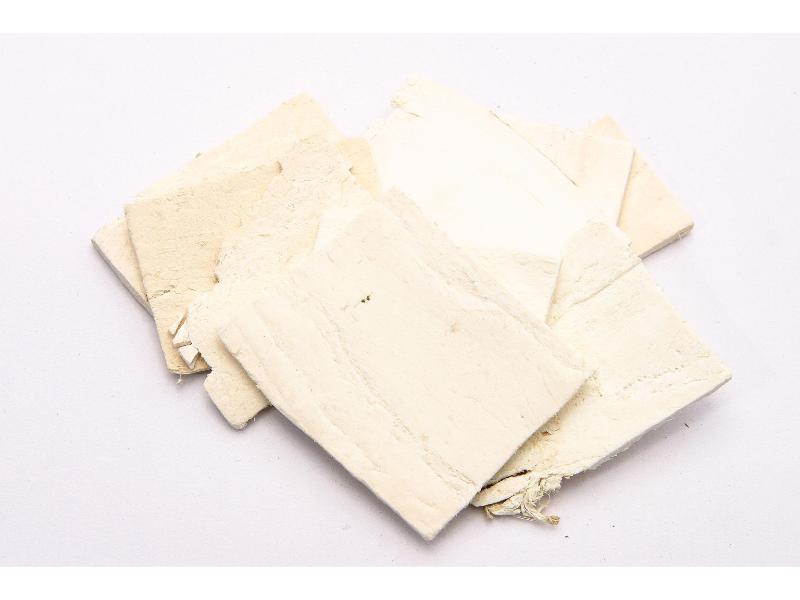Search in medicinals
Puerariae Radix
Pueraria [root]
葛根 〔葛根〕 gé gēn

Alternate English names: kudzu [root] Japanese arrowroot
Alternate Chinese names: 葛条根 gé tiáo gēn; 刈根 yì gēn; 甘葛 gān gé; 白干葛 bái gān gé; 粉葛 fěn gé; 粉葛根 fěn gé gēn; 干葛 gān gēn
Kingdom: Plant
Origin in PRC Pharmacopoeia: Pueraria lobata (Willd.) Ohwi; Pueraria thomsonii Benth. (PRC Pharmacopoeia)
Origin in unofficial sources: Pueraria lobata (Willd.) Ohwi* [= P. pseudo-hirsuta Tang et Wang]; Pueraria thomsonii Benth.*; Pueraria omeiensis Wang et Tang; Pueraria edulis Pamp.; Pueraria phaseoloides (Roxb.) Benth.
Use: Medicinal and alimentary
Category: Exterior-resolving agents / Cool acrid exterior-resolving agents
Properties: Sweet, acrid; cool.
Channel entry: Spleen and stomach channels.
Actions and indications:
- Resolves the flesh and abates heat effusion: External contraction exterior patterns.
- Outthrusts measles papules: Measles failing to erupt.
- Engenders liquid and allays thirst: Thirst in febrile disease; yīn vacuity dispersion-thirst.
- Upbears yáng and checks diarrhea: Heat diarrhea; heat dysentery; spleen vacuity diarrhea.
Dosage and method: Oral: 10–15g in decoctions. Use raw to abate heat and engender liquid; use roasted to upbear yáng and check diarrhea.
Product description: This root is always sold ready cut into decocting pieces, which take the form large longitudinal slices of the root 10–20 cm long, 5–10 cm wide, and 1–2 mm thick. The wood is white, and highly fibrous, and turns pale yellow when roasted.
Quality: The best quality is white, adequately farinaceous, and not stringy.
Production area: Guǎngdōng, Húnán, Sìchuān, and Guǎngxī.
Back to search result Previous Next